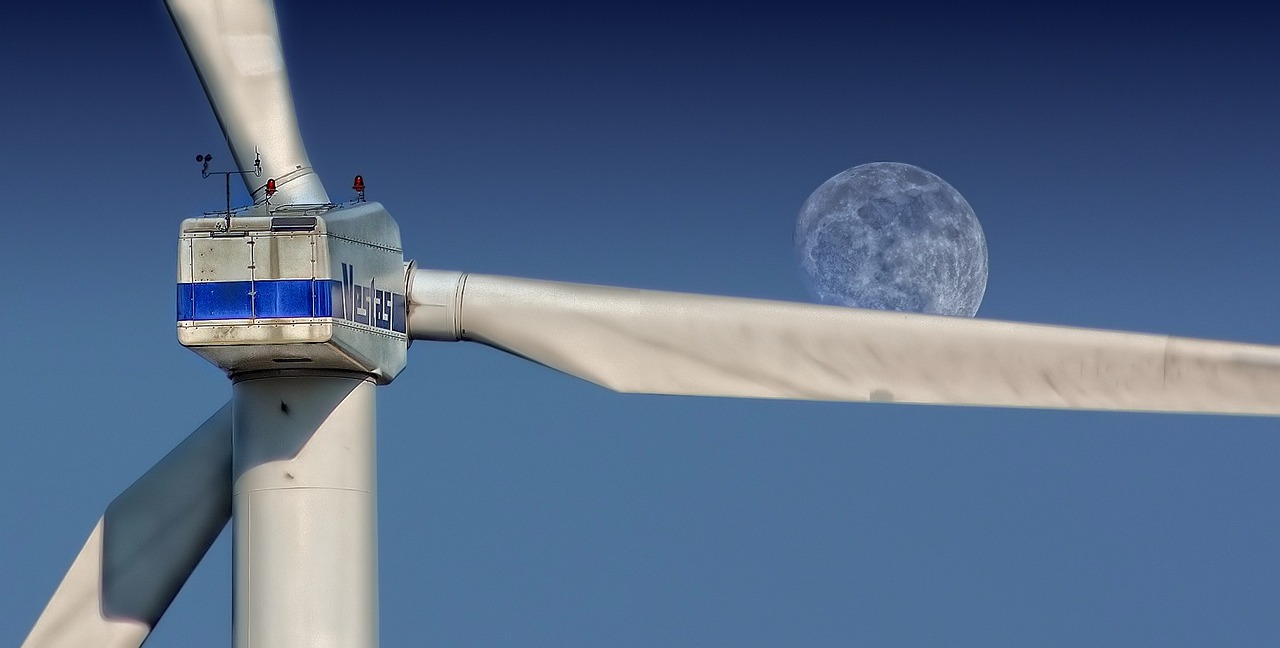Photovoltaic (PV) arrays comprise varying numbers of modules connected together. The modules fall into several categories, including monocrystalline, polycrystalline, and thin-film .
Monocrystalline (single-crystalline, or c-Si) modules
These use the purest ‘monocrystalline’ form of silicon (single-crystalline silicon, or sc-Si) and typically comprise highly ordered blue-black polygons. They are the most efficient type of PV module in good light, with a conversion efficiency of typically around 16% – but also the most expensive. Top-performing panels can show efficiencies of well over 20%. The energy required to make monocrystalline panels – their embodied energy – is greater than other PV types. Life expectancy is typically 25-30 years.
Heterojunction (HTJ) PV cell designs are among the most efficient. These incorporate two materials, typically a crystalline silicon wafer and an amorphous silicon thin film, into each semiconductor junction. This results in better resistance to high temperatures and improved efficiency.
Typical monocrystalline PV panel
Polycrystalline (‘multicrystalline’, ‘semicrystalline’, or mc-Si) modules
Made from multicrystalline silicon (mc-Si), these are cheaper and their embodied energy is less than monocrystalline modules. However, their more disorded atomic structure means that their energy efficiency is generally slightly lower, at typically 12%. Life expectancy is around 20-25 years.
Thin-film modules
These all consist of an ultra-thin layer of photosensitive material deposited onto a low-cost backing, such as glass, plastic or stainless steel. The earliest types used a layer of amorphous silicon, but subsequently various different combinations of materials have been employed, with varying degrees of success. For example, thin hybrid silicon cells are a combination of amorphous (a-Si) and microcrystalline cells. Other thin-film technologies are based on semiconductor materials, such as cadmium telluride (CdTe) and copper-indium-gallium-diselenide (CIGS).
Thin films can be rigid or flexible, and can be produced in various colours, giving great versatility for different applications and sites. They require relatively low amounts of raw material to manufacture, are suited to automated production, and hence are relatively cheap to make. Efficiencies have improved in recent years, from around 4-8% up to 15%, with life expectancy at 15-20 years.
Flexible thin-film PV array
Other PV technologies
Multijunction cells – these consist of several cells superimposed in a stack, creating double (tandem), triple or quadruple junctions and enabling a broader spectrum of light to be ‘trapped’. Research cells have achieved efficiencies of nearly 40%. Silicon wafer-based tandem cells have great potential for commercial use.
Among the technologies under development are:
- organic cells – use organic (plastic) polymers as semiconductors; potentially low cost and highly versatile; relatively low efficiency so far
- quantum dots – are very small nanocrystals of semiconductor material; theoretically cheaper to make and more efficient than silicon PV cells.
- dye-sensitized cells – use dye-coated titanium dioxide nanoparticles to generate electricity when exposed to light; potentially low cost, but manufacturing hurdles to overcome.



